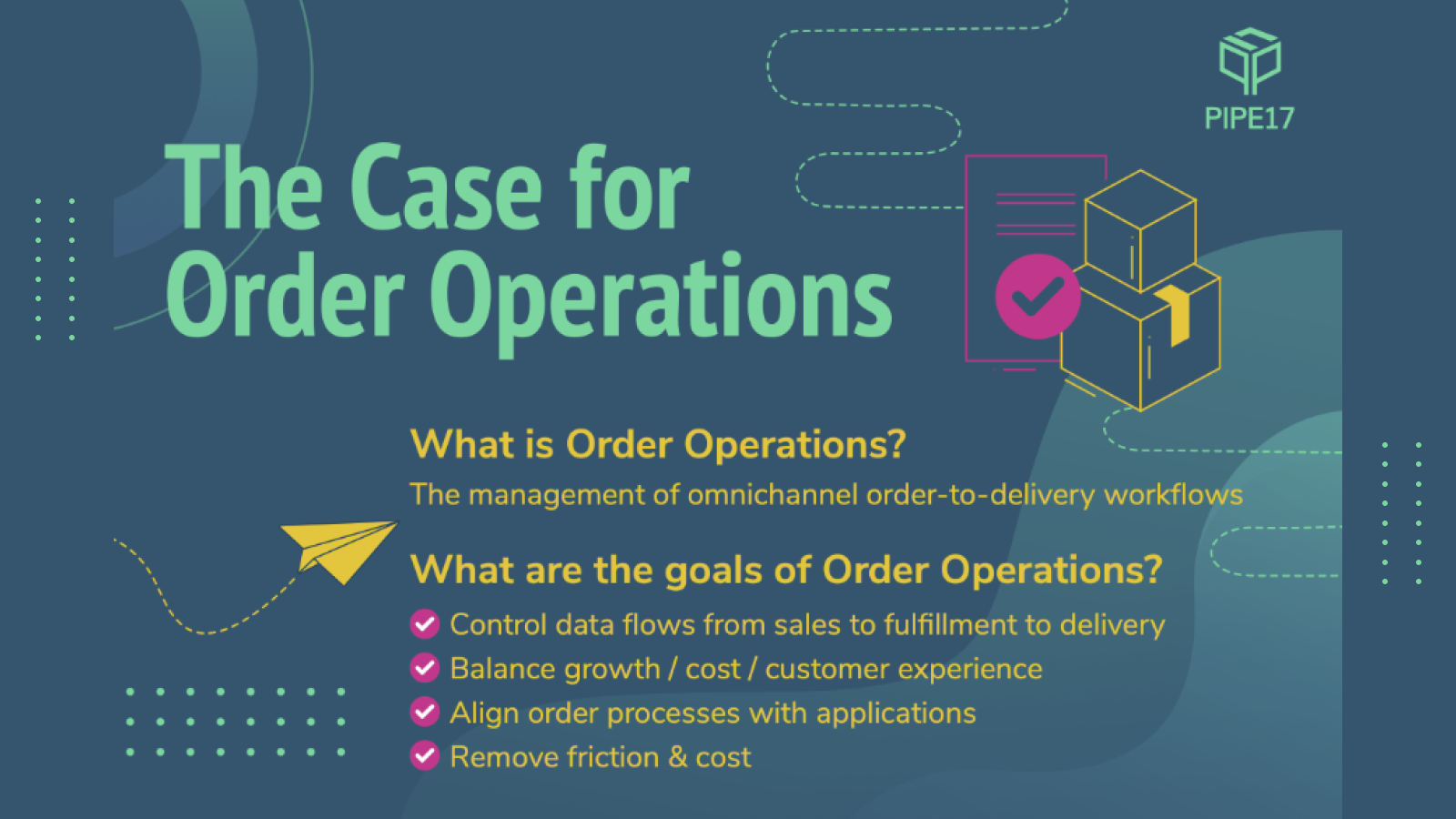The returns and exchanges process is time consuming and takes the focus of your customer support team away from more meaningful and valuable tasks. Many companies make the mistake of hiring a part-time employee specifically to process returns.
As a result, you have to pay your employee competitive wages, and it does nothing to prevent the products from being returned in the first place. Rather, it translates to additional overhead costs for you and your company.
For your startup to continue to grow, you need to look at your business’s customer churn. Churn is the result of negative online shopping experiences that cause hassle and friction for potential returning, loyal customers.
Research has shown that 82% of customers won’t make a repeat purchase with a business if their online store has a difficult returns process. Since product returns are a headache for both parties, it’s much easier to take action to reduce returns.
The majority of product returns boils down to the fault of the retailer, not the customer. An estimated 65% of all returns are due to an issue with the business itself, such as wrong product received, inaccurate depiction, or damaged items.
You, as the retailer, ultimately control the behaviors and actions that lead to (or prevent) a product return.
How can my business prevent and reduce returned orders?
As a business owner, there are several steps you can take to reduce returns and exchanges for your company.
1) Adopt a liberal returns policy
The average return rate on products is between 28-30 days, when in reality, it should be lengthened to anywhere between 45-90 days.
A shorter return window creates a sense of urgency and pressure for your customer, whereas a longer period of time triggers the endowment effect.
Its premise is the longer a customer has your product, the stronger of an attachment they form with it, and the less likely they are to return it.
2) Segment your customer database
Segmenting your customer database for returns is very similar to segmenting for marketing purposes. At a rudimentary level, you’re identifying trends, behaviors, traits, and other useful metrics to make smarter decisions moving forward. Note that the effectiveness of this strategy depends on the depth of metrics you’ve gathered and your overall returns and handling processes.
For example, if your company is running a promotion, you could segment your customer database into two groups: customers who will receive the promotional offer and are less likely to return the product, and customers who will not receive the offer and are more likely to return the product.
To determine the group not receiving the offer, you need to analyze the customers who have completed a product return.
Consider the product for said promotion and the customers associated with returning that product in the past. Delve into why that product was returned and if the reasoning was for something that’s gone unchanged within your company (e.g., did not like color, product wasn’t as expected). That is your group of customers that would not receive the new promotional offer. Another little-used segment would be to tag customers with a history of returns (for non-warranty reasons) and restrict those customers from receiving the promotion. A customer who is comfortable returning your product is more likely to do so again, therefore losing you money on a promotional priced product. Returned products are usually unable to be resold.
3) Include high-quality visuals on your product pages
Consider this statistic: 23% of product returns are due to inaccurate depictions of the product. High-quality visuals with detailed views are crucial to bridge the consumer’s expectations and the reality of your product.
One downfall customers experience from shopping online is the lack of touch and examination they would otherwise have with a product.
The easiest way to solve this problem is to provide detailed photos of your product, as well as a highly detailed description. Try to incorporate photos without any models or obstructions, 360-degree views of your products, and even an expansive Instagram gallery for each item to showcase other customers wearing or using them.
Remember, a lack of detail leads to a lack of information, which translates to a misinformed purchasing decision from a potentially loyal customer.
4) Focus on customer feedback
Gathering feedback from a product return can be tedious. However, relevant customer feedback allows you to improve your overall brand experience and understand various defects in your returns management process.
Most returns processes are long and irritating for an already unhappy customer. Policies commonly require the customer to follow the retailer’s instructions for the process, print and complete detailed forms, wait for the customer service team to review said forms, and then the customer is reimbursed for the purchase.
This kind of returns process is long and painful, and the customer likely will not purchase from your store again because of it. Instead, try finding a returns platform that can quickly initiate the process by gathering the necessary details, while also collecting data on why your product was unsatisfactory.
You’ll also want to aggregate your customer feedback and break it down into variable groups to better understand why your customers are returning your items and to reduce overall return rates. Such groups can include return reason codes, type of product returned, the manufacturer of the product, product attributes, etc.
Analyze these variables to find the common factors between your products, and you can reduce the number of returns or exchanges for your company.
5) Leverage data-driven emails
Start by identifying not only problematic products, but problematic customers as well. Supply your marketing team with this knowledge so they’re aware of which products and customers to target.
Every time a product with a high return rate is purchased, or a customer with a high return history completes a transaction, send them a focused email.
For instance, if a coat you have tends to run small, you can send the customer an email highlighting the slim fit.
This incorporates data with human psychology and content marketing to retarget your buyers through email and reaffirm their confidence in their purchase. This, in turn, lowers the likelihood of a product return.
6) Incorporate customer reviews
Displaying reviews from previous buyers on your product page empowers potential customers to make better, more informed decisions. This typically leads to fewer regrets and, you guessed it, lower return rates.
7) Analyze constantly
Schedule regular meetings with your marketing, design, and operations teams to set individual, deliverable goals for optimizing your returns process. Collect aggregated data and use it to identify any flaws in product design, logistics, or content delivery.
As a group, you can determine the best and fastest course of action based on the inefficiency or defect you found and the resources you have available.
Most importantly, assign your team tasks to combat different aspects of the problems you face (optimize product visuals, change product designs to fit better, etc.).
Wrapping up — How to prevent returns and keep customers happy
Preventing returns is a continuous process that requires frequent iterations based on data and trends. So, experiment, analyze, and incorporate constantly with your entire team to accelerate growth and reduce costly churn.






